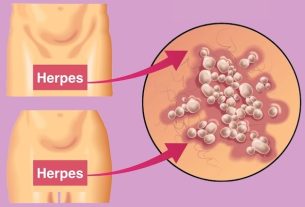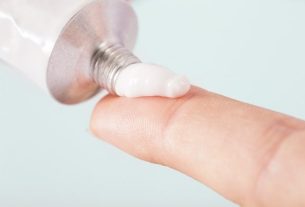Urinary incontinence during pregnancy is a common situation that causes an urgent need to go to the bathroom and jets of urine when coughing, laughing or running, for example.
Although it is a problem that generally disappears after childbirth, in cases of induced labor or in situations where the baby weighs more than 4 kg, women can maintain urinary incontinence even after pregnancy, as the muscles of the perineum stretch a lot. during childbirth and become more flaccid, causing involuntary loss of urine.
Therefore, it is interesting for women to perform exercises to strengthen the pelvic floor, helping to control the urge to urinate, and it is important to do so following the instructions of the obstetrician-gynecologist and physiotherapist.

Main symptoms
The main symptoms of urinary incontinence during pregnancy are:
- Loss of urine before reaching the bathroom;
- Small streams of urine come out when laughing, running, coughing or sneezing;
- Not being able to hold in pee for more than 1 minute.
Normally, the difficulty in holding back pee passes after the baby is born, but doing pelvic exercises, contracting the vaginal muscles, is the best way to combat this symptom, having total control of the urine.
Cause of urinary incontinence during pregnancy
Urinary incontinence during pregnancy is a common situation that occurs due to the baby’s growth throughout pregnancy, which causes the uterus to press on the bladder, leaving it with less space to fill and increase in size, generating the desire to urinate. urinate more frequently.
How the treatment is carried out
Treatment for urinary incontinence during pregnancy aims to strengthen the pelvic floor muscles through their contraction to reduce episodes of urinary incontinence. This can be done through physical therapy with exercises to contract the pelvic floor muscles, which are called Kegel exercises.
In more serious cases, it may be necessary to use an electrical stimulation device, in which the pelvic muscles contract involuntarily due to a light and bearable electrical current.
To perform the exercises you must:
- Empty the bladder;
- Contract your pelvic floor muscles for 10 seconds. To identify which muscles these are, you just have to stop the flow of urine when you are urinating. This movement is the one you have to use in the contraction;
- Relax your muscles for 5 seconds.
Kegel exercises must be repeated 10 times in a row, 3 times a day. The most important thing is for a woman to be aware of the muscle she should contract and contract it several times a day. The more exercises you do, the faster it will heal. This exercise can be done sitting, lying down, with your legs open or closed.

Sign up for our newsletter and stay up to date with exclusive news
that can transform your routine!
Warning: Undefined array key "title" in /home/storelat/public_html/wp-content/plugins/link-whisper-premium/templates/frontend/related-posts.php on line 12
Warning: Undefined array key "title_tag" in /home/storelat/public_html/wp-content/plugins/link-whisper-premium/templates/frontend/related-posts.php on line 13



